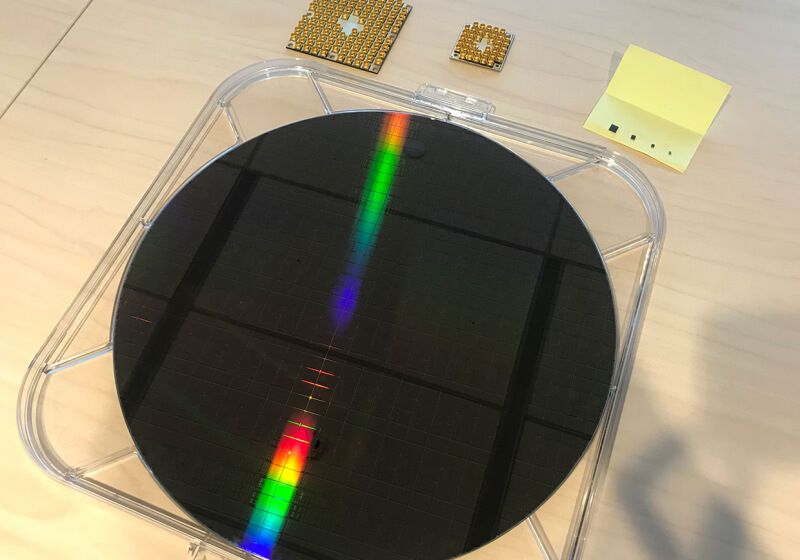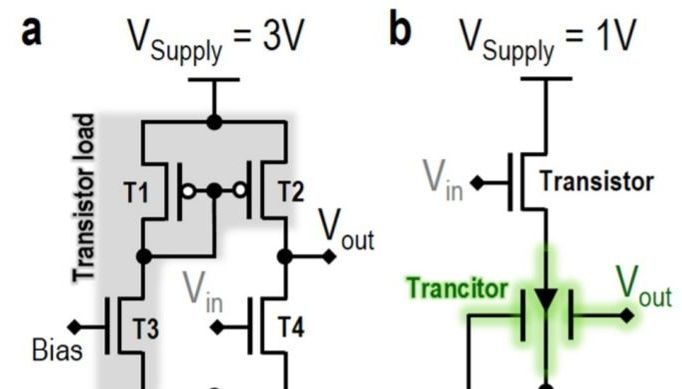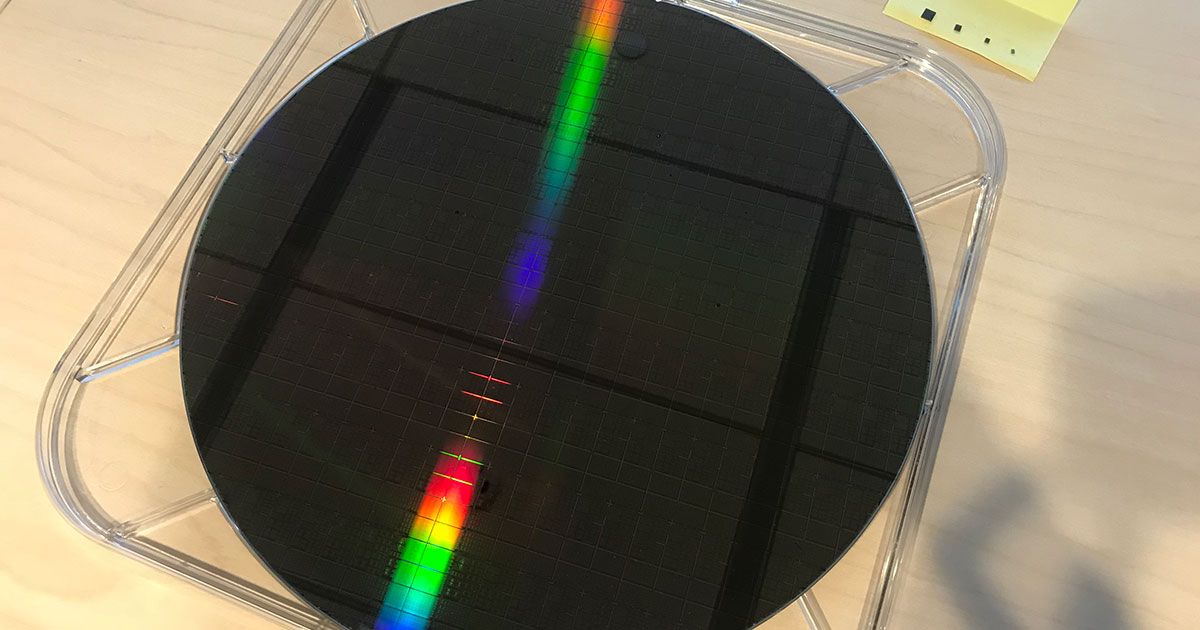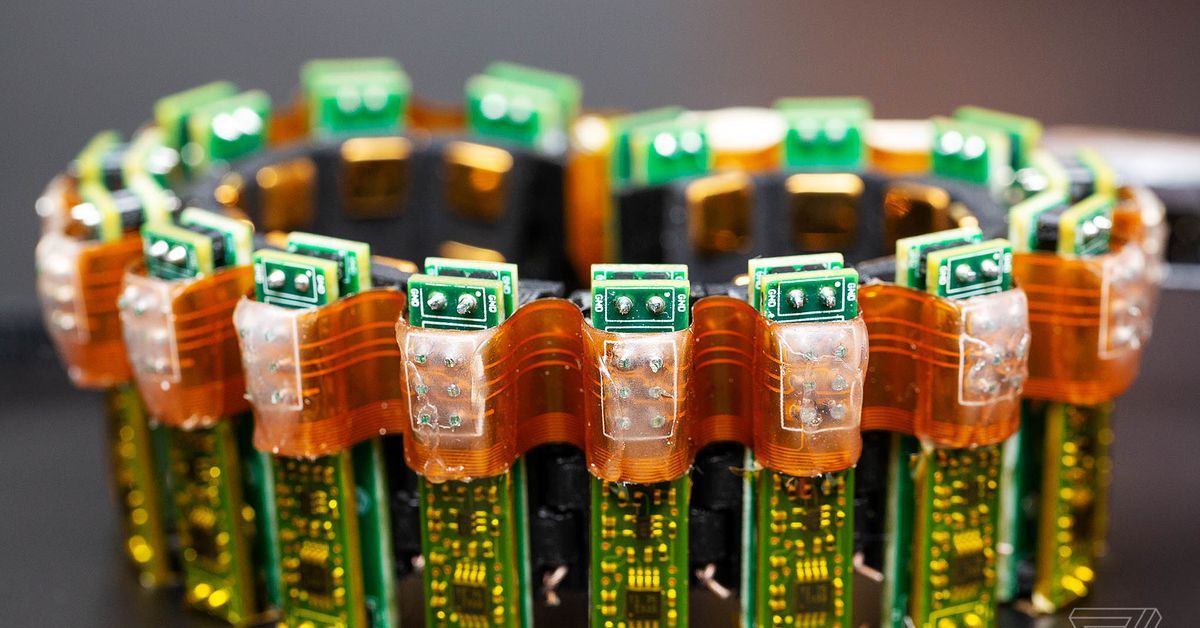Microsoft is “all-in” on building a quantum computer and is making advancements “every day”, according to one of the company’s top experts on the technology.
Julie Love (above), Director of Quantum Computing, called the firm’s push to build the next generation of computer technology “one of the biggest disruptive bets we have made as a company”.
Quantum computing has the potential to help humans tackle some of the world’s biggest problems in areas such as materials science, chemistry, genetics, medicine and the environment. It uses the physics of qubits to create a way of computing that can work on specific kinds of problems that are impossible with today’s computers. In theory, a problem that would take today’s machines billions of years to solve could be completed by a quantum computer in minutes, hours or days.






